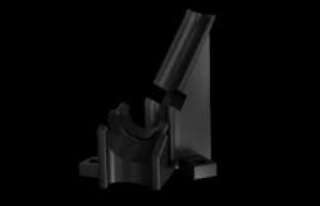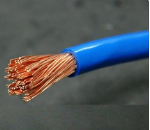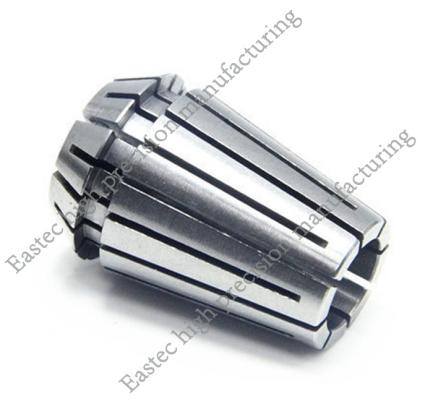When glass or carbon fiber is compounded with resin, the plastic’s elasticity modulus and tensile strength will significantly improve, so the plastic part feels rigid. That means the plastic part won’t get deformed easily if a heavy load lands hard on the part.

However, the impact strength will be lower, and the plastic can feel brittle. The flowability will be lower, and the shrinkage in the flow direction will be smaller than the shrinkage perpendicular to the flow.
In tooling design, it’s hard to set up the shrinkage by the plastic flow direction from the gate. CAD software only allows users to set up the shrinkage by X, Y, and Z direction. That means that if the part size is large, and the tolerance is tight, it’s possible some of the dimensions will be out of tolerance.
The solution is to make the mold steel-safe by leaving more tooling steel than is needed. Once the part is measured, it’s easy to remove tooling steel from the mold by CNC or EDM, but it’s difficult to add steel to the mold. To do that, you’d need to weld the mold and then remove the steel, using CNC or EDM. Additionally, welding can cause deformation of the tooling, which isn’t great for tooling life or quality of the part.
For further tooling modification, if the plastic part size is out of tolerance, you’ll need to remove or add some tooling steel from the mold to change the shape or dimension of the mold. To avoid this step, cnc aluminum test molds offer a quick, inexpensive way to make a mold, get the plastic part samples, and compare the plastic part’s critical dimensions with the print. If any critical dimension is out of tolerance, you’ll need to make a corresponding change on the production mold (the production mold will be made after the test mold). The purpose of the test mold is to figure out which dimensions will be out of tolerance and which critical features work as designed. Once you figure out how the different shrinkage in a different flow direction will impact the dimensions, you can then adjust the 3D model when you make the hard tooling.
Filled materials will abrade the mold faster than unfilled plastics, so you’ll have to use hardened steel to make the tooling’s core cavity and inserts when these materials are used. The HDT (heat distortion temperature) will also be higher, so the material could be used in a higher temperature environment. This increases the difficulty of ultrasonic welding.
In some cases, the fiber will float on the surface of the plastic part that could be visible, so most filled plastic parts are used in internal parts. To avoid this, the cavity of the mold can be textured.





 Customer service 1
Customer service 1  Customer service 2
Customer service 2